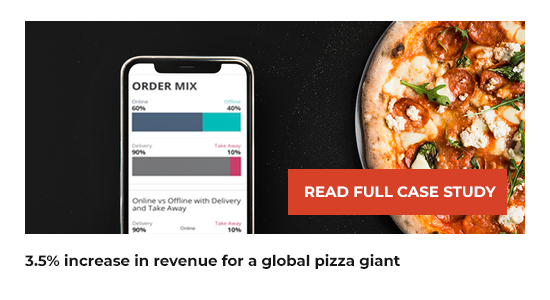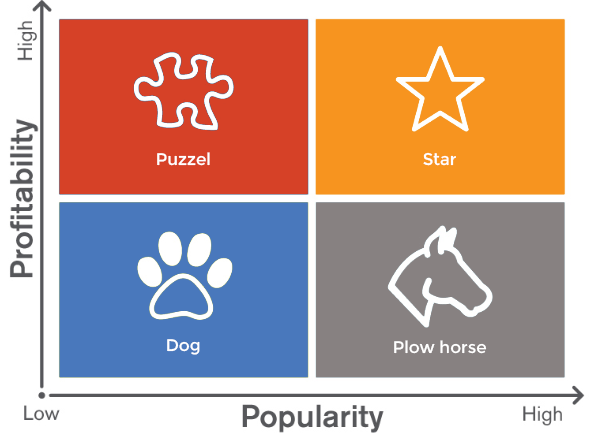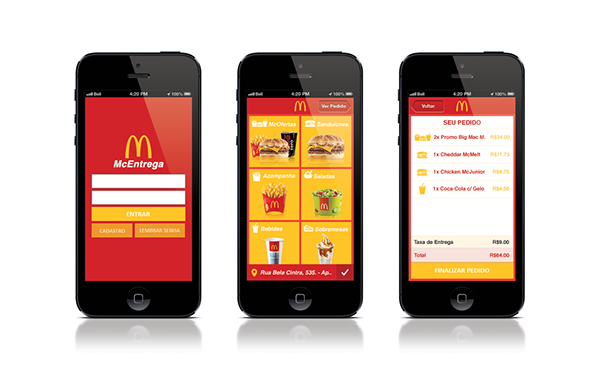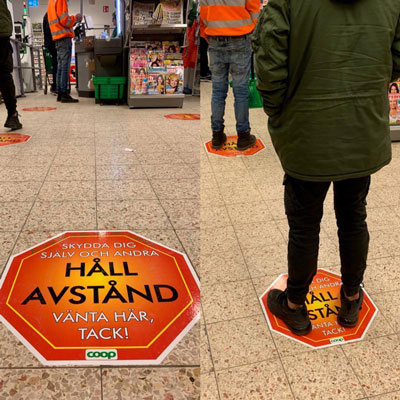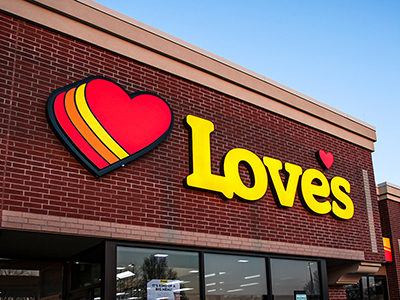A retailer’s arsenal for raising profit margins certainly includes ushering in new and improved products on shelf before they become commonly available. The tag of being the first to introduce new products based on shopper feedback is definitely a huge bonus as it not only keeps the competition a step behind, but also creates shopper loyalty and goodwill.
Though the idea seems readily acceptable, the same cannot be said about its implementation, as it needs collaboration at various levels of the supply-chain both horizontal and vertical. A report (by Arthur D. Little, 2005) indicates that companies considered as real innovators achieve around 66% of their turnover from new product launches. And in this ultra-competitive age retailers have to play the anchor in helping suppliers and manufacturers come with new products and replenish merchandise faster. Here’s how to go about it:
Collaborative effort
When intelligence and emotion is conveyed rather than pushing data and information to the suppliers and manufacturers, collaboration becomes fully engaging and fruitful. As retailers are in a unique position to listen and assess shopper behaviour and patterns, product innovation is mostly happening at the retailer’s aisles. You just need to pass these insights to the suppliers with smart collaborative processes to make it count.
Information management
An effective information management system must effectively answer these:
- Does it note and categorize customer related information and pass it back to the supply chain or does it just gather information informally and pass it on?
- Does it add intelligence and prioritize purchasing trends and noted behavioural changes?
- Does it acquire information from multiple sources and differentiate between random one-off patterns and visible altering patterns?
- Is the timeliness of information exchange kept up?
Advanced information management and business intelligence system should be put in place for enabling collaboration that works.
Effective supplier discovery and on-boarding
An active retailer can only be as active as its suppliers and manufacturers. This makes it ever more important to look for suppliers who are pro-active and who listen to their retailers. When a retailer is sure of what he wants on his aisles it’s better to have suppliers who deliver it, rather than just depend on product-push merchandising. This mandates retailers to have automated processes on their supplier network and make supplier discovery and on-boarding easy and fast.
Reducing new product launch time
With automated systems accepted by both suppliers and manufacturers, retailers can now instantly give product ideas and product tweaks. They can avoid all the regular paper-based, generalized feedback which delays the whole process. Automated processes will have a domino effect leading to quicker product launches, as retailers would be able to pass on information faster through the system. It will assist in faster uploads of product catalogues and enable easy navigation of organizational approval processes thereby quickening product launches. Easier access to product and supplier information will also help retailers easily identify the type of products that they would like to source. Even suppliers will have easy access to retail and product performance insights which can help them gear-up logistically. This will not only bring in new products but also drastically reduce the time-to-shelf, resulting in a better shopper experience.
Accurate predictive analysis
Engaging smarter automated processes, coupled with synchronized information exchange, can reduce the uncertainties in predictive analysis. This helps in more successful demand forecasting, inventory optimization, on-shelf availability, product launches, personalized offers and category management. Automated predictive analytics will also improve product on-boarding and reduce time-to-shelf, thus increasing shopping experience and showing shoppers how they are heard accurately and quickly.
Easing out manufacturer’s challenges
A major challenge for manufacturers is to align their production and distribution processes based on the expectations of their shoppers and retailers. And with growing demand for newer product launches aspects such as product category filling, phasing-in and out of products, capacity planning, logistics, negating out-of-stock situations, faster product launches, promotions, reducing time-to-shelf, etc., become extremely important for a manufacturer. This is where a retailer with strategic and automated processes can ease the challenges out with timely, accurate, and real-time information, making things simpler for them. A supplier also checks in as a key handler here and the synchronization between all these can lead to smarter stock planning, faster procure-to-pay lifecycle, faster product launches, innovative promotions and high profit margins.
Conclusion
The key aspects to be considered for new product launches are:
- Developing insights into products, categories, and shoppers
- Understanding supplier lifecycle and networks
- Evolving the process of information exchange and collaboration
- Relying on capital un-intensive products in short time
- Reducing pitfalls in new product launches and avoiding delays
The key for all these is to rely on automated, accurate, and synchronized processes through the whole supply chain with its key anchor pinned at the retailer.
Join the Retail Collaboration Network on LinkedIn, and connect with experts and users interested in Supplier Collaboration.







